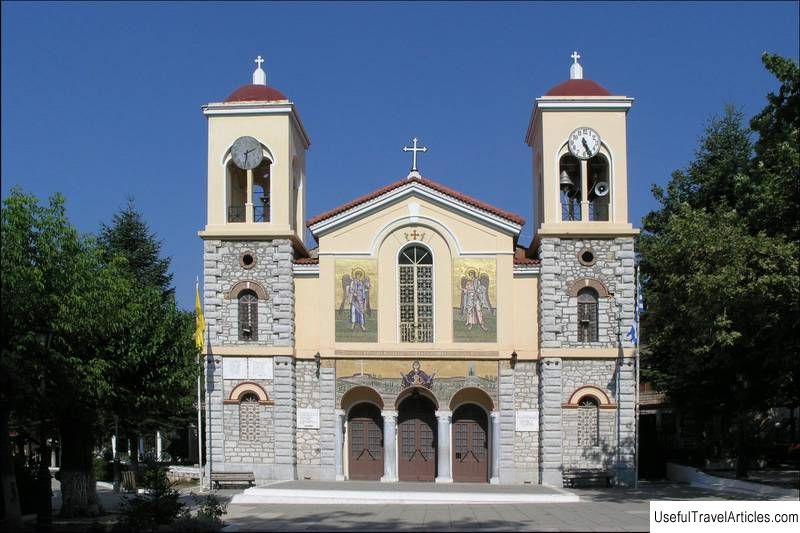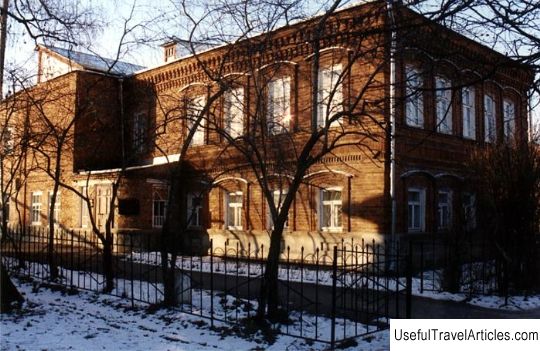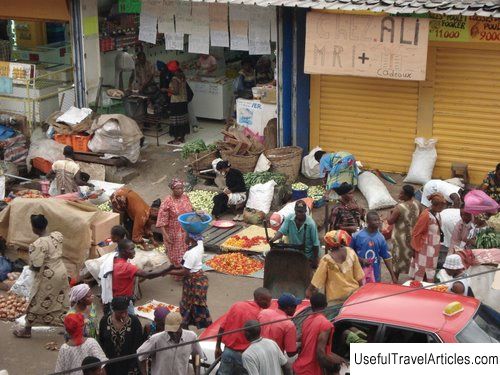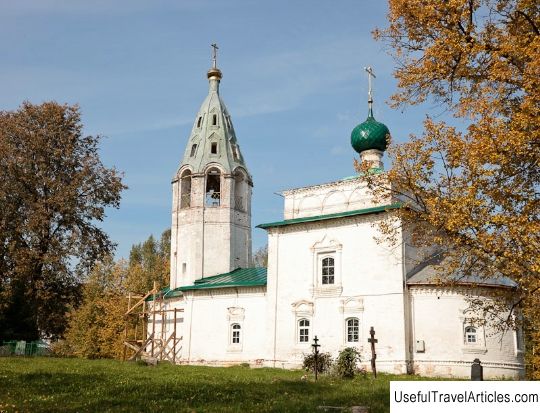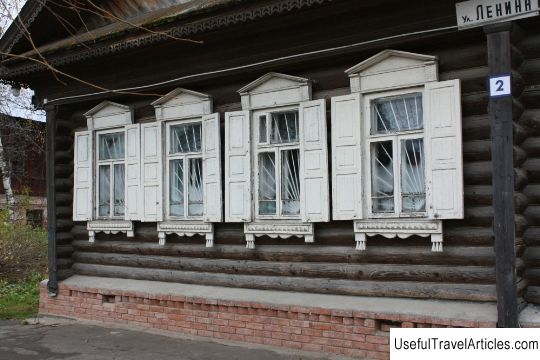Museum-workshop of N. V. Dydykina description and photo - Russia - Golden Ring: Palekh
Rating: 7,9/10 (4054 votes) 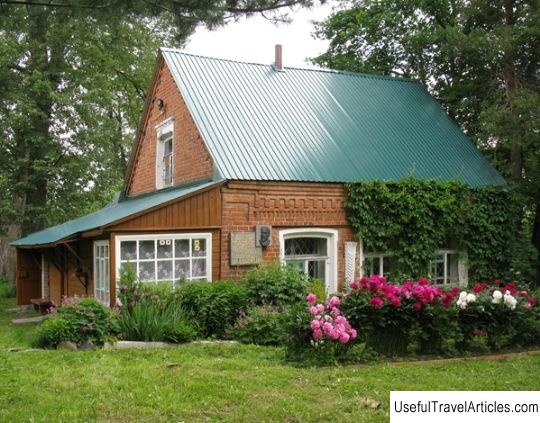
N.V. Dydykina description and photo - Russia - Golden Ring: Palekh. Detailed information about the attraction. Description, photos and a map showing the nearest significant objects. Photo and descriptionN.V. Dydykin, a famous sculptor, was opened in 1978. The creative destiny of Nikolai Vasilyevich Dydykin was closely intertwined with Leningrad. Here, in many squares, on the streets and facades of houses, in the metro, there are sculptures created by him. These are busts, monuments, memorial plaques - the memory of the great people who glorified Russia, carved from stone and cast from bronze. For many years, the taste of the artist was formed in Leningrad; this city was very dear to him. But nevertheless, every spring Nikolai Vasilyevich came to his native village - Palekh. He was always proud to be from Palekh. Father and uncle N.V. Dydykina were engaged in icon painting. Nikolai also studied this craft. But he did not become an icon painter. In 1918 he was sent to the sculptural courses of the Political Administration of the Moscow Military District. In 1923, he went to work for the famous sculptor Manizer as an assistant during the creation of the monument to Volodarsky. During this work, Dydykin mastered the skill of molding. Seeing the student's efforts, Manizer made a petition to the leadership of the Petrograd Art College about the possibility of visiting N.V. Dydykin sculpture courses. Nikolai Vasilyevich took an active part in various exhibitions, which brought him fame. In 1934, the sculptor was admitted to the Union of Artists, and in 1936 he already received his workshop. So the former icon painter became a sculptor. N.V. Dydykin created a monument to V.I. Lenin, which stands in the center of Palekh, as well as an obelisk dedicated to the memory of the Palekh, who gave their lives for victories in the Great War, and the Kolos fountain, which has become an adornment of the village. The main direction of Dydykin's work is a sculptural portrait. Its development can be clearly traced in the artist's memorial workshop. The workshop museum is located on Lenin Street in a small house, away from noisy streets. There is always peace and quiet around him, he is simply shrouded in a kind of aura of mystery. Around the house there was once a garden, passionately loved by the artist. Nowadays, the head of the museum N.B. Bushkova is trying to put it in order: excess trees are cut down, new plantings are made, old ones are trimmed. The most unusual thing in the sculptor's garden is the century-old fruiting cedars. The workshop is a family home. The sculptor's daughter lived here for a long time. In one part of the house there are living rooms, and the second is the exposition. The house became a museum in 1978. Alexandra Mikhailovna, the artist's wife, and Zoya Nikolaevna, his daughter, donated more than a hundred of Nikolai Vasilyevich's works to the Museum of Palekh Art; gallery of portraits of Palekh artists (PD Korin, A. Kotukhina), famous writers (Turgenev, Nekrasov), musicians, poets, famous public figures, models and projects of monuments, various figurines. In addition works belonging to the museum, works that were previously in the Russian Museum in temporary storage - the decorative plate "Trinity", a bust of A. Blok, miniature busts of L.N. Tolstoy, F.M. Dostoevsky, S.A. Yesenin from the private collection of Dydykin. The portrait of the German philosopher-humanist Dr. Schweitzer attracts special attention of the museum guests. The figure of this legendary "big white doctor", as the Africans called him, has always attracted the interest of artists and writers. This sketch of a sculptural portrait of the philosopher was exhibited in 1975 in Paris at an anniversary exhibition dedicated to the 100th anniversary of the birth of Schweitzer. One of the samples of the monument to Pushkin can also be seen in the museum, it has a slightly smaller size, rather than the original, located at 12 Moika, in St. Petersburg. N.V. Dydykin took part in the restoration of the Peterhof ensemble "Tritons". The last work of Nikolai Vasilyevich Dydykin was a portrait of the great composer S. Rachmaninoff. The first director of the museum was German Vasilyevich Zhidkov, a fairly well-known art critic who worked in the Tretyakov Gallery. In the 30s of the XX century he was expelled from Moscow. His knowledge found application in Palekh lacquer miniature. His most valuable work is the 1934 book "The Pushkin Theme in the Works of Palekh Artists". He believed that Palekh art should be popularized and educated new generations of masters based on ancient traditions. The museum regularly conducts thematic and sightseeing tours, as well as lessons on the topic of sculpture.    We also recommend reading Water Park water park description and photos - Greece: Faliraki (Rhodes) Topic: Museum-workshop of N. V. Dydykina description and photo - Russia - Golden Ring: Palekh. |
